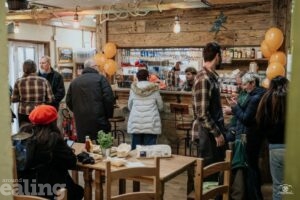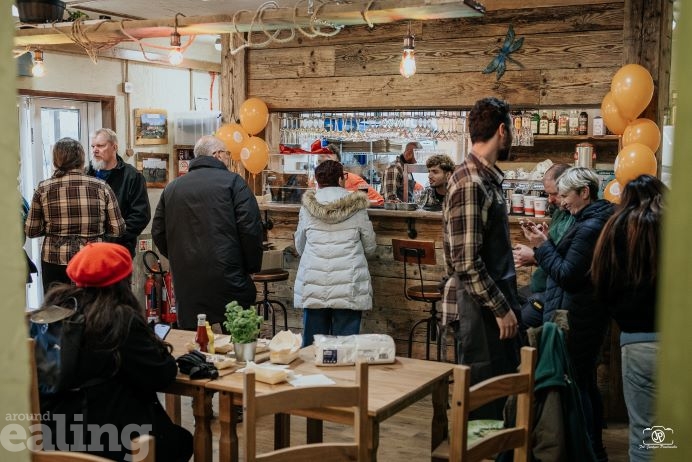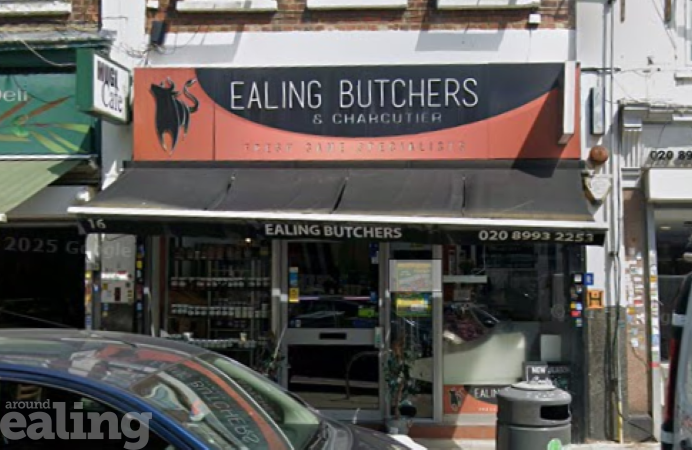Extra planning oversight will preserve a series of local neighbourhoods for generations to come, after a borough-wide review of conservation areas.
Ealing Council has completed its most comprehensive review of conservation areas in 15 years, reaffirming its commitment to put good design and heritage at the heart of the way the borough is enhanced.
The review, which involved extensive consultation with residents, local groups, and heritage experts, will see new planning controls introduced across several neighbourhoods. This includes the creation of a new Lammas Park Conservation Area, meaning there are now 30 in the borough.
The changes proposed by the review were approved at the council’s planning committee on 19 November.
What is a conservation area, and what is changing?
Conservation areas are places recognised for their special architectural or historic interest. The areas can include buildings, historic streets, open spaces, parks, gardens, and trees – all of which contribute to the area’s distinctive character. The aim is not to prevent development, but to ensure that any changes preserve or enhance what makes these places special.
After a comprehensive review of all 29 existing conservation areas across the borough, the council has confirmed a series of changes aimed at strengthening heritage protection and ensuring boundaries reflect local character. Following consultation, 21 areas were recommended for modification. Of those, 12 existing areas will see their boundaries extended, while 6 will be reduced in size.
No to Northfields – but yes to Lammas Park
A new proposed conservation area around Northfields will not go ahead, after strong objections from 70% of respondents. The proposed conservation area boundary was deemed too wide with some examples of fine architecture, but other areas lacked significant heritage.
However, Lammas Park, its enclosure, and the properties in the roads that were constructed because of the park have now been designated as a conservation area. This reflects the park’s Victorian charm: from its lodges, and pavilion, to its ornate cast iron entrance gates and setting. Residents gave 100% support for the neighbourhood becoming a conservation area during consultation.
Residents who want to propose one should gather evidence with neighbours and secure support from their ward councillor, then prepare a case that demonstrates the area’s architectural and historic significance.
How were decisions made?
The review process took place over a period of 6 years and included 4 rounds of consultation. Original recommendations were based on input from residents, the council’s conservation area architectural panel, community groups, and council officers. The council considered the architectural and historic significance of each area, as well as community feedback. Substantial changes to plans were made as a consequence of local opinions following the final round of consultation.
The conclusion was shaped by a dedicated conservation officer, who was appointed last year as part of an overhaul of urban design and heritage at the council.
What happens next?
Following the planning committee’s approval, the website and public maps are being updated to reflect the changes. Public notices will be placed in the areas where changes are to be made.
‘Securing neighbourhoods for future generations’
Council leader Peter Mason said: “This work will secure these special neighbourhoods for future generations. Conservation areas help safeguard the borough’s history and ensure that growth enhances local character, rather than detracting from it.
“In practice, this means that any planning decisions in the conservation areas will need to carefully consider the local identity of our neighbourhoods. This will help ensure our borough remains a great place to live, both now and into the future.”
Find out more
For more information, visit the council’s website.





